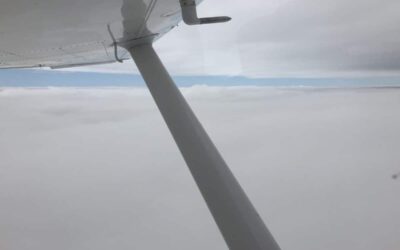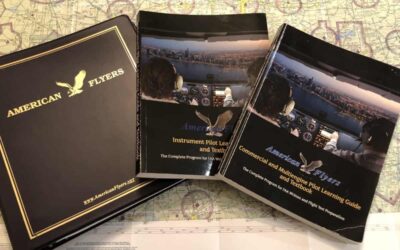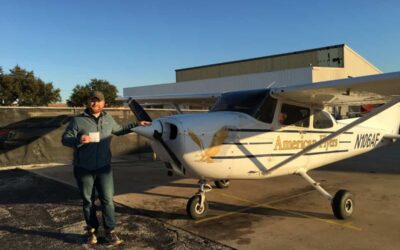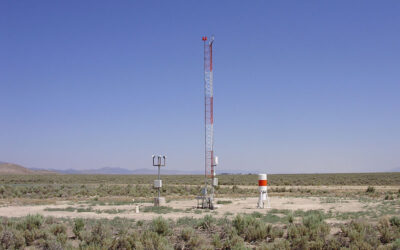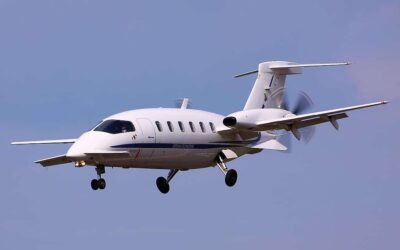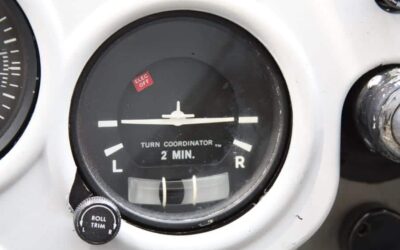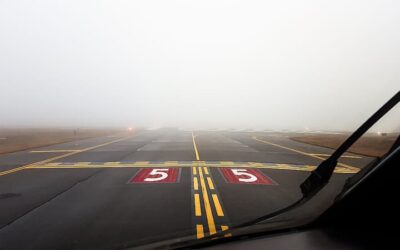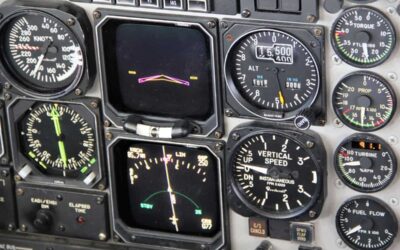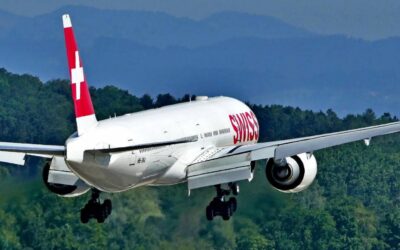Carburetor Icing (Causes, Indications, Remedies)
Carburetor icing is a serious topic that affects nearly every pilot at some point in their training or flying career. A significant portion of piston-powered aircraft still use carburetors, and icing is one of their inherent operating risks. So what is carburetor...
Part 61 vs. 141 Flight Schools – Requirements & Differences
A number of years ago I got my pilot’s license at a Part 141 flight school. Before enrolling, one of the first decisions I had to make was whether I wanted to train there or at a Part 61 operation. So, I had to do some research to figure out the difference between...
Private Pilot’s License (PPL) Cost + Ways to Save
Most people consider becoming a pilot to be expensive but might not actually know the specific costs involved with getting their license or how to save money in the process. For most hobby pilots, and all professional pilots, the first step is to get your private...
The Difference Between ATIS, AWOS, and ASOS
Realtime weather reporting for aviation is a vital tool for pilot decision making and planning. Pilots have three primary types of real time or near real time weather reports available to them: ATIS, AWOS and ASOS.
This Is Why Clouds Are Often Turbulent
Pilots and passengers alike recognize that clouds are bumpy, even on otherwise smooth flying days. Sometimes it appears that the type of cloud itself is even irrelevant to the relative smoothness or bumpiness of a given cloud. Pilots benefit from being...
Pusher vs. Puller Propeller Aircraft Compared
Image Source Propeller driven aircraft require designers to choose early in the design process to use a pusher configuration or a puller configuration. Each layout has its advantages and disadvantages and as with all design choices selecting one or the other is...
Radius of Standard and Non-Standard Rate Turns
Image Source During flight training we usually learn turns, turns about a point, S-turns, and the like, in a wide-open area where we have plenty of room to practice. Personally, I learned in the flat plains of North Texas and we had miles and miles of open territory...
What Are Standard and Non-Standard Alternate Minimums?
Instrument flying can take significantly more pre-flight planning than easier VFR days where you just show up and go. Not only do you need to plan any applicable departure and or arrival procedures, as well as the approach into your designation airport, you also need...
Why (and How Much) Temperature Affects Altimeter Readings
How well do you know the inner workings of your altimeter? Most of us understand that it uses pressure differentials to calculate altitude above sea level, and it is common place to receive barometric pressure settings to calibrate your altimeter based on the...
Why Are Some Airplanes Called “Heavy”?
While flying into a Class Charlie airspace you’re on a four-mile final and ATC tells you “caution wake turbulence for heavy aircraft landing.” You know what to do since your instructor taught you proper wake turbulence avoidance techniques, but why are some airplanes...
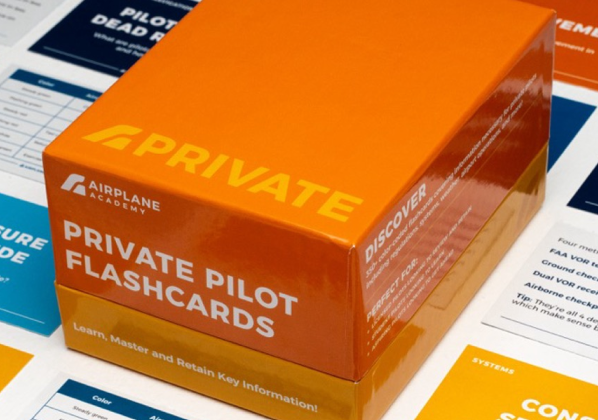
Join the Waitlist: Private Pilot Study Flashcards
It’s taken a year to build this premium set of 350+ private pilot study flashcards. They are perfect for student pilots preparing for a checkride and licensed pilots studying for a flight review! Get more info and early access by clicking the link below.
Affiliate Disclaimer: This site is owned and operated by Airplane Academy LLC. AirplaneAcademy.com is a participant in the Amazon Services LLC Associates Program, an affiliate advertising program designed to provide a means for sites to earn advertising fees by advertising and linking to Amazon.com. This site also participates in other affiliate programs and is compensated for referring traffic and business to these companies.


